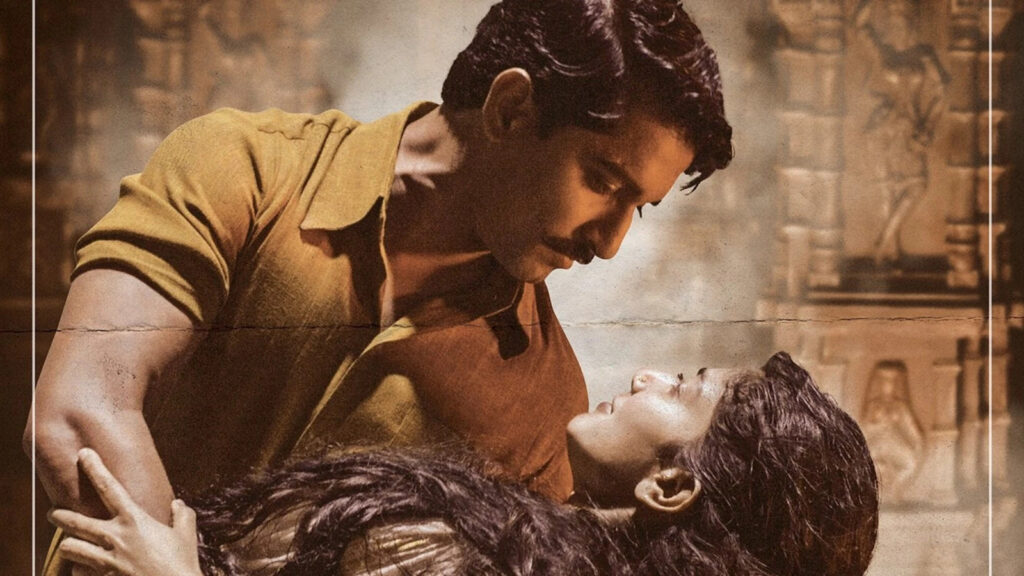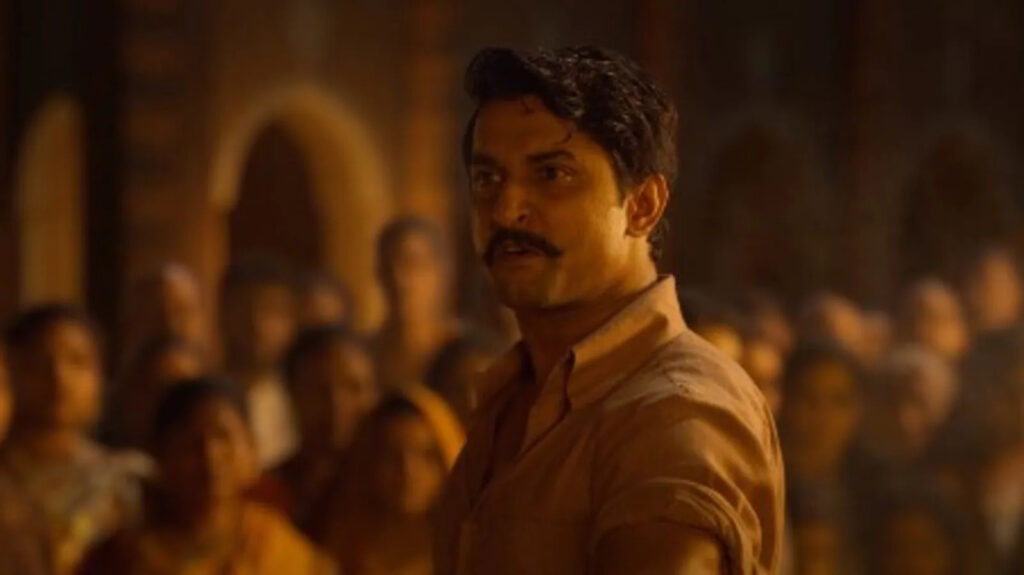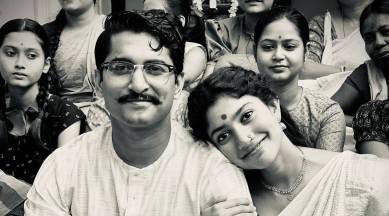The word ‘devadasi’ is generally used as a taunt to denigrate a woman. It signifies that she is of lax morals, and therefore unworthy of admiration. Historically, however, the devadasi tradition is a convoluted one, found at the convergence of gender and caste with locomoting versions of ethics brought in by colonial rule and the following modifications to society. Telugu movie Shyam Singha Roy, directed by Rahul Sankrityan, and starring Nani, Sai Pallavi, and Krithi Shetty in lead positions, is a reincarnation drama that includes a compassionate narrative of women from the devadasi community.

It’s among the rare movies to control a significant character to play the role (Sai Pallavi as Maithri/Rosie) without defamation. According to Box Office India report, the film has evolved as the fifth-biggest South film after ‘Baahubali-The Conclusion,’ ‘Baahubali: The Beginning,’ ‘2.o’ and ‘Saaho’ with reference to the box office collections.
Supposed to be ‘married’ to the deity at the temple to which they were devoted, the Devadasi women came from diverse caste groups and communities. Performing arts were being trained to them, and the patronage of the court, temple, and the elite class were relished by them. They were also given land and could relish the crop from it. They could not wed, but they were allowed to have companions.
Within the hierarchy that lived in the method, there were ladies in the lower rung who were manipulated for sex work. Regardless, the umbrella term ‘devadasi’, minted by the British, diminished the assorted experiences of the women to sex work, an inheritance that many children prefer to estrange themselves from!
Although in all Indian states the devadasi system was repealed in 1988, it persists to exist in regions of the country as a caste-based and predominantly exploitative profession.

AN UNSETTLED LEGACY
The Kalavantulu society (this refers to a community of hereditable women nrityanganas of the temple, court, and salon milieu in the Godavari Delta region), discerns Shyam Singha Roy has accomplished an outstanding job in portraying the anecdote of a lady from the devadasi community.
In the movie, one of the dual roles Nani recreates is that of Shyam Singha Roy, a 1960s Telugu-Bengali colonial reformer and author with communist dogma. He tumbles in love with Maithri, a devadasi female who is committed to a temple in a West Bengal village and renames her Rosie. The two of them slip out to Kolkata after Shyam Singha Roy avenges Rosie’s mortification in the hands of the Brahmin preacher.
The subject is very intricate and layered. You cannot reach a single conclusion as it is not an unbent tale. One cannot infer that it was the Brahmins or the British who manipulated the females, provoking the present state of concerns. Exploitation took place in multiple categories. There were genealogies from the precinct who did not desire any modification. Others desired to modify their lifestyle but persist in dancing. Then some desired to altogether abdicate everything, alter their individuality, and evolve as a part of the mainstream under a formulated interchangeability.

THE ULTIMATE CONSEQUENCE OF LEGISLATION
The Self Respect campaign that commenced in 1925 in Tamil Nadu recreated an essential part in shaping opinions regarding the devadasi convention. EV Ramasamy, who arrived to be comprehended as Periyar, led the Self Respect movement and was of the sentiment that ‘self- respect’ would stimulate originality and rational thought, thereby propelling individuals out of the necessity to conform to tyrannical and exploitative designs, notably caste.
The Self Respect crusade compelled the abolition of the devadasi tradition, and the Madras Devadasis (Prevention of Dedication) Act was legislated in the Madras Presidency in 1947. In Andhra Pradesh, an equivalent Act was passed in 1988 but it was only in 2015 that the administration articulated the regulations to be heeded concerning filing whines, restoration, and weddings.
THE STORY OF ART & APPROPRIATION WITH DIGNITY
In the movie, Shyam Singha Roy does not dissuade Rosie from dancing though she has vamoosed behind her life as a devadasi.
She preserved the art actively. She has a flourishing dance academy, and in the ending, you will notice that Rosie isn’t dancing anymore because the temples don’t authorize her to or she doesn’t have any platforms. But, girls and women from other precincts come to her to know the dance. Very subtly, that metamorphosis of power and mechanism is also portrayed.


